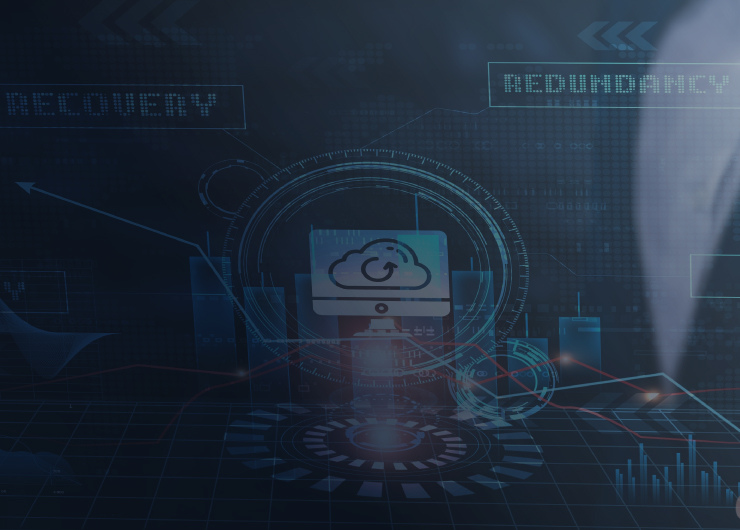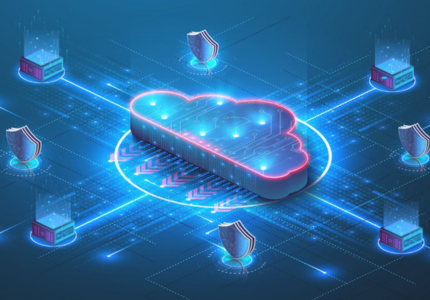Consequences can be serious when the IoT goes offline. Imagine it: street lighting going dark, perimeter security systems failing, hospital monitors falling silent. Across sectors and in critical national infrastructure, without network resilience maximising IoT uptime production can grind to a halt, compliance can be put at risk and customers can be let down. To reduce the risk of outages, it is essential to build connectivity resilience and security into IoT solutions from the start.
Top 3 takeaways on the causes of IoT outages and reducing risk
- Four causes of IoT outages are power/network failure, electro/mechanical failure/damage, cyberattacks and inadequate maintenance.
- IoT solutions are multidimensional - failure can occur anywhere from the device to the network, software, cloud services and more. The risks that test an IoT solution’s resilience every day are often outside the direct control of the owning company.
- Measures to mitigate the potential impact of the risks include backup power sources, high-availability core functions, geographically dispersed data centres, multi-network SIM to switch between networks, multi-factor authentication, data encryption, real-time device monitoring and tools for rapid software updates.
What causes IoT outages?
Many things can cause IoT outages including:
- Power/network failure
- Electro/mechanical failure or damage
- Cyberattacks
- Inadequate maintenance.
To mitigate the risks, you need to understand where they can occur, and that can be in several places because IoT solutions are multidimensional. Failure can occur in devices, network connectivity, software, cloud services and more.
You can’t eliminate the risks completely, but you can do a lot to reduce them and minimise the downtime should the worst happen. Our guide to maximising uptime for IoT explains how in detail. It walks you through a combination of strategies to maximise reliability, security and efficiency.

How to reduce the risk of IoT downtime
Here’s what you can do to minimise the risk, and impact of, four causes of IoT outages:
Power/network failure
You should think about power and network outages when you’re making your first connectivity decision - which wireless technology to connect your solution. As you weigh up the pros and cons of each technology – WiFi, cellular, satellite and so on – consider resilience. Cellular has some advantages because its towers are equipped with backup systems. That way, connectivity is maintained, even during emergencies when other options, such as Wi-fi and fibre, may fail.
That said, all wireless technologies can be impacted by environmental and technical factors, such as a storm or accident that takes out power or network equipment. These are almost always temporary, and the implications of them will vary according to your particular application, but that doesn’t mean you can ignore the threat. You should still act to maximise service continuity.
You can, for example, include backup power sources, such as batteries or energy-harvesting technologies. You can ask your communications service provider (CSP) for advanced network and SIM capabilities that bolster resilience. These include high-availability core functions and interconnects with geographically dispersed data centre infrastructure with separate power supplies.
In the case of a network outage, network failover systems can help maintain service availability. Multi-network, multi-IMSI SIMs and/or eSIM/iSIM solutions have a role to play in resilience because they maximise the control and ability to switch between network provider infrastructure. The default SIM profile/s should provide maximum coverage and resilience, which can mean up to three or four networks per country where your solution is deployed.

Electro/mechanical failure or damage
Severe weather, natural disasters and physical damage (intentional or otherwise) can cause network infrastructure and devices to fail. Even resilient solutions can experience downtime if an unforeseen event compromises them.
Mitigating the risk of lengthy downtime from this comes down to preparation and speedy auto-recovery.
Cellular networks are built with high redundancy and multiple layers of failover mechanisms. Telecoms operators often use redundant base stations, backhaul connections and infrastructure to ensure continuous operation in the event of hardware failures, natural disasters or localised outages.
You should define your recovery time objective from the outset and put measures in place to help meet it. Those include redundancy continuity of service and disaster recovery plans (which should be tested regularly) and a backup strategy for data, including data restoration.
A future blog will explain how to recover from an IoT outage but, for now, you can find our recommendations in the maximising uptime for IoT guide.

Cyberattacks
We are passionate about IoT security at Wireless Logic and the need to defend against, detect and react to cyber threats. Our IoT Security Framework provides guidance and technology-based solutions to protect your revenue, reputation and customers.
A cyberattack can cause all kinds of damage and can seriously impact your reputation as well as your business operations.
There are many measures you should take to counter the risks. You should implement a Zero-Trust Architecture with robust Identity and Access Management (IAM) including multi-factor authentication (MFA) and role-based access control (RBAC).
Data should be encrypted at rest and in transit and you should perform regular vulnerability scans and use strong endpoint protection and network segmentation. Security measures aren’t just about preventing breaches and detecting them, though. They are also about reacting, which should include automated patch management to address vulnerabilities swiftly.

Inadequate maintenance
You should plan to monitor your IoT infrastructure, applications and devices in real-time and implement the tools to do so. AI-driven predictive analytics can anticipate failures for a proactive maintenance approach. If you centralise log management, you can detect issues more quickly and automate alerts and incident management.
Take advantage of available tools for rapid, reliable software updates. Self-healing systems are an effective additional maintenance measure as they can automatically detect and correct issues.
Are you prepared to prevent IoT outages?
Wireless Logic’s comprehensive guide to maximising uptime for IoT goes into great depth on what devices, networks and operational processes need to achieve high availability and resilience.

Get it for free for:
- a list of the regulation at play
- a detailed set of questions to ask your IoT CSP
- a summary of available wireless technologies and their suitability for different use cases
- design considerations to maximise security
- advice on how to recover from an outage.
Wireless Logic can help, chat to our experts or start your free trial.
Frequently Asked Questions
What causes IoT outages?
Many things can cause IoT outages including power/network failure, electro/mechanical failure or damage, cyberattacks and inadequate maintenance. Failure can occur in devices, network connectivity, software, cloud services and more.
How can I reduce the risks of IoT outages?
You can reduce the risk of suffering an IoT outage by building security and resilience into the device, network, cloud and processes. For example, include backup power sources (such as batteries), high-availability core functions and geographically dispersed data centres, and a multi-network SIM to switch between networks if needed. Make and test a disaster recovery plan and data backup strategy, implement security measures such as Identity and Access Management (IAM), multi-factor authentication (MFA), data encryption and role-based access control (RBAC), monitor devices in real-time and use tools for rapid, reliable software updates.
Where can I get more advice on reducing the risks of IoT outages?
Full details on how to reduce the risks of IoT downtime can be found in the guide to maximising uptime for IoT.








